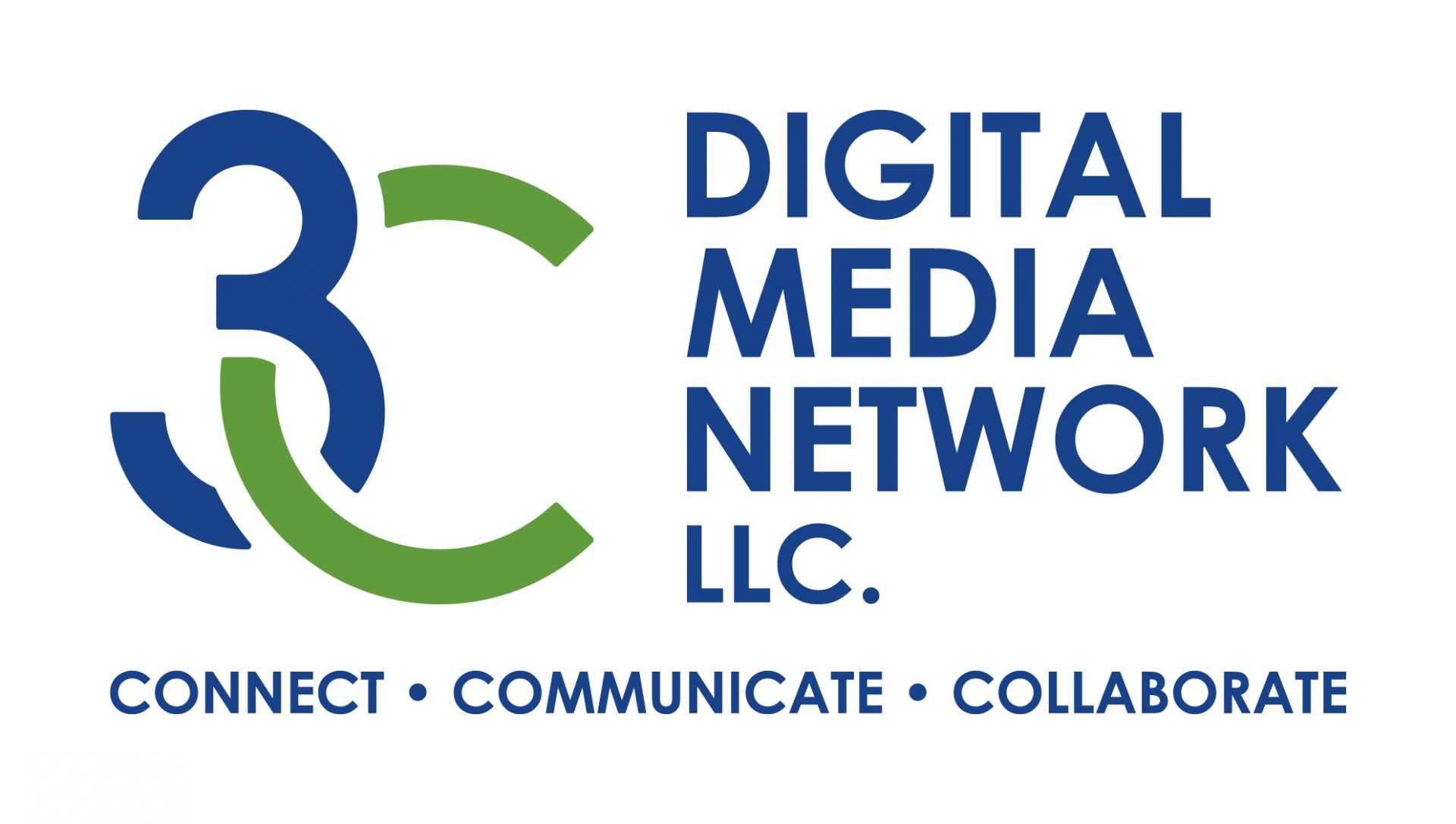Read time: 2.5 minutes
Telepractice, delivering healthcare services through telecommunication technologies, has become an integral part of modern healthcare, offering unprecedented convenience and accessibility. This paradigm shift has been particularly transformative in fields such as speech-language pathology, audiology, and other allied health professions. However, the effectiveness of telepractice hinges on several critical factors: technology accessibility, technology literacy, and health literacy.
The Role of Technology Accessibility
In speech-language pathology, a child with a communication disorder may require a tablet with specific applications for augmentative and alternative communication. If the child's family lacks access to this technology, the effectiveness of teletherapy is severely compromised.
Audiology offers another poignant example. Tele-audiology, which includes remote hearing assessments and hearing aid fittings, requires patients to have specific software and hardware. In rural or underserved areas, where audiology services are scarce, lack of access to such technology can prevent patients from receiving essential hearing care.
The Necessity of Technology Literacy
Technology literacy is the ability to use technological tools effectively. In telepractice, the healthcare provider and the patient must possess a certain level of proficiency. In speech-language therapy, clinicians often use interactive online tools and software. If either the therapist or the patient (alternatively their caregiver) is not adept at using these tools, it can hinder the patient's progress.
In physical therapy, patients are required to use applications or online platforms to follow exercise routines. Inadequate ability to navigate these platforms can lead to incorrect exercise execution, reducing the therapy's effectiveness and potentially leading to injury.
Health Literacy in Telepractice
Health literacy is understanding and using health-related information to make appropriate health decisions. In telepractice, this is crucial for ensuring that patients can follow treatment plans effectively.
A speech-language pathologist, might provide instructions for at-home speech exercises through a teletherapy session. If the patient or their caregiver lacks the health literacy to understand these instructions, the therapy's effectiveness is diminished.
In occupational therapy , therapists often guide patients through activities of daily living (ADLs). Patients with limited health literacy may struggle to comprehend the purpose or instructions of these activities, leading to less beneficial outcomes.
Bridging the Gaps
To address these challenges, several strategies can be implemented:
1. Enhancing Access To Technology: Governments and healthcare organizations can collaborate to provide subsidized or free technological devices and internet access to underprivileged populations. For instance, initiatives like the Universal Service Fund in the U.S. can be expanded to cover telehealth devices.
2. Educational Programs: Implementing educational programs to improve technology literacy among patients, especially in older and underserved populations, is vital. Healthcare providers can also offer training sessions or user-friendly guides for using telehealth platforms.
3. Simplifying Telehealth Interfaces: Designing user-friendly telehealth applications that require minimal technical skills can significantly improve patient engagement. For example, speech-language therapy applicationss with intuitive interfaces can facilitate better patient-therapist interaction.
4. Promoting Health Literacy: Developing clear, straightforward educational materials and communication strategies can enhance patients' understanding of their health conditions and treatment plans. Speech- language pathologists and other allied health providers can use simple, jargon-free language and visual aids to
explain therapy exercises.
The efficacy of telepractice in fields like speech-language pathology, audiology, and allied health professions heavily relies on addressing the intertwined issues of technology accessibility, literacy, and health literacy.
While the challenges are significant, concerted efforts by healthcare providers, policymakers, and technology developers can create an inclusive telehealth ecosystem that benefits all.
By ensuring equitable access to technology, enhancing literacy, and simplifying telehealth interactions, we can maximize the potential of telepractice to transform healthcare delivery, making it more accessible, efficient, and effective for everyone.
©Photo by kate_sept2004 from Getty Images Signature

